Whether or not Cellebrite is involved, the FBI may be able to unlock the iPhone of San Bernardino shooter Syed Farook through a process known as "NAND mirroring," security researchers explained on Wednesday.
The technique involves removing NAND storage from a device, copying it using a chip reader, and then reattaching the original chip using a harness, Jonathan Zdziarski told Re/code. That way, investigators always have a fallback — even in the case of Farook's phone, which is set to self-delete its data after hitting iOS 9's passcode retry limit.
Matthew Green, a cryptographer and assistant professor at the Johns Hopkins Information Security Institute, observed that while the process can circumvent encryption, it remains a dangerous approach. Investigators must de-solder a NAND chip to remove it, which runs the risk of doing damage and losing access entirely.
Farook's iPhone, a 5c, is one of the last iPhone models the technique could apply to, since anything with Touch ID — and hence a Secure Enclave — would theoretically be immune.
Zdziarski speculated that whoever is helping the FBI, the short two-week testing window requested by the U.S. Justice Department means the government is likely using an off-the-shelf unlock solution from a forensic firm.
Just one day before a review of the court order issued to Apple, the Justice Department asked to postpone the hearing, saying that "an outside party" had shared a possible method of cracking Farook's phone without asking Apple to build a passcode limit removal. Earlier today reports identified that party as Cellebrite, an Israeli forensics firm.
 Roger Fingas
Roger Fingas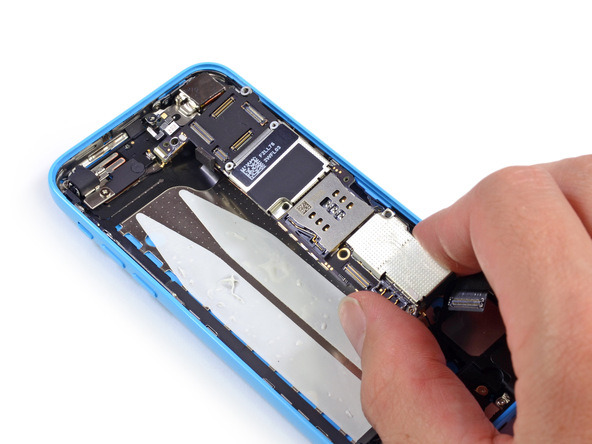

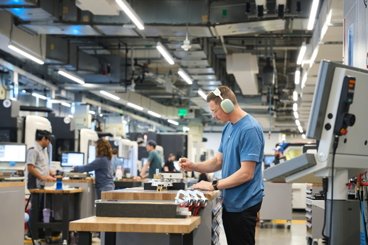
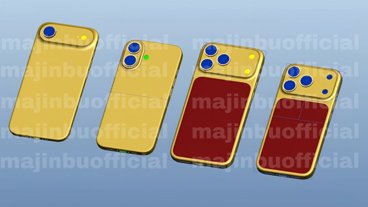

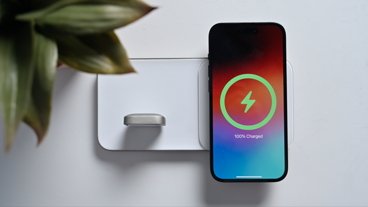
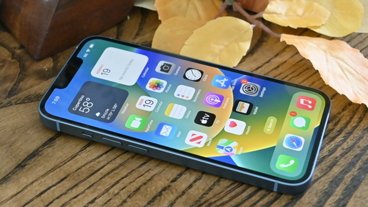


 Malcolm Owen
Malcolm Owen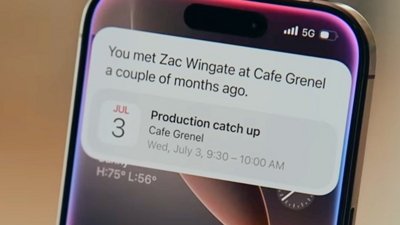
 William Gallagher
William Gallagher
 Andrew O'Hara
Andrew O'Hara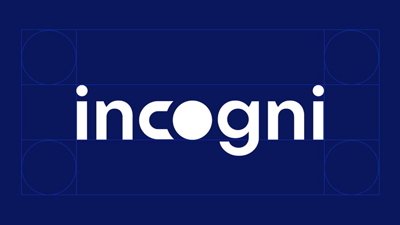
 Sponsored Content
Sponsored Content

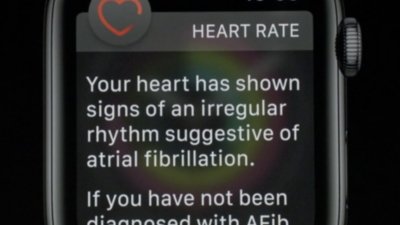
 Amber Neely
Amber Neely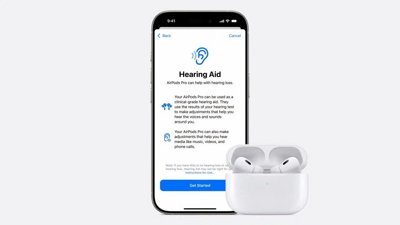



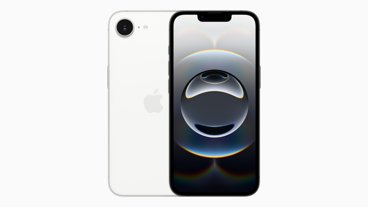

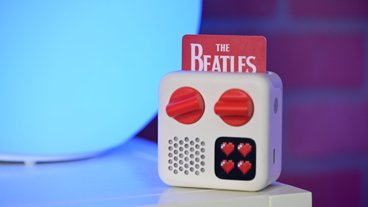



51 Comments
What about Error 53, when they try to put it back together tho?
This is what I was saying in one of my previous posts. Take out the hardware and access the data that way.
This was only partly about accessing that specific data however and yet mostly to do with setting a new benchmark for accessing private data via a "backdoor":